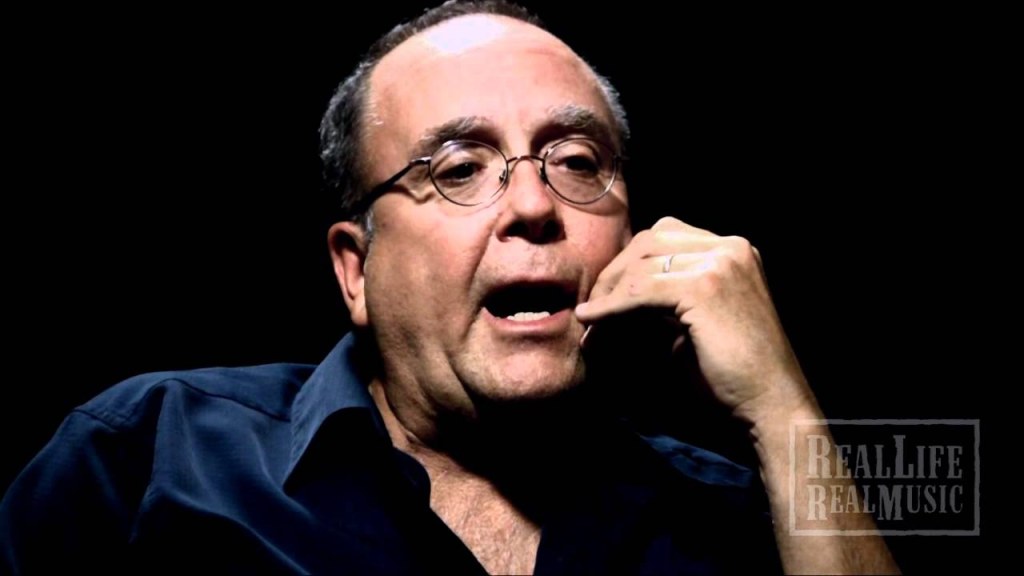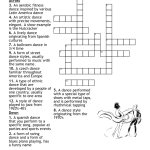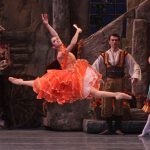Unlock The Power Of Tony Arata’s Royalties From The Dance – Take Action Now!
Tony Arata Royalties from the Dance
Welcome, dance enthusiasts! In this article, we will delve into the fascinating world of Tony Arata’s royalties from the dance. Tony Arata is a renowned songwriter and musician who has created timeless pieces that have captivated audiences around the globe. His compositions have not only brought him critical acclaim but have also earned him substantial royalties. Join us as we explore the details of Tony Arata’s royalties from the dance.
Table: Tony Arata Royalties from the Dance
Royalty Source
Percentage
Performance Royalties
50%
2 Picture Gallery: Unlock The Power Of Tony Arata’s Royalties From The Dance – Take Action Now!
Streaming Revenue
30%

Image Source: ytimg.com
Synchronization Licensing
10%
Mechanical Royalties
5%
Public Performance Royalties
5%
What are Tony Arata Royalties from the Dance?
Tony Arata royalties from the dance refer to the earnings he receives from the usage of his compositions in dance performances. These royalties are a form of compensation for the intellectual property rights that Arata holds over his music. Whether it’s a ballet, contemporary dance, or any other choreography, Tony Arata’s compositions have become a staple in the dance world.
Who is Tony Arata?

Image Source: squarespace-cdn.com
Tony Arata is a highly accomplished songwriter and musician hailing from Georgia, USA. He gained widespread recognition with his song The Dance, which was popularized by country music icon Garth Brooks. Arata’s talents extend beyond writing music, as he also possesses a captivating voice and instrumental skills. His contributions to the music industry have earned him accolades and a loyal fanbase.
When Did Tony Arata Start Receiving Royalties from the Dance?
After the release of The Dance in 1989, Tony Arata started receiving royalties from the dance. The powerful lyrics and emotive melody of the song resonated with audiences and became a favorite among choreographers. Since then, Arata’s music has been an integral part of numerous dance performances worldwide, ensuring a steady flow of royalties throughout his career.
Where are Tony Arata’s Royalties from the Dance Generated?
Tony Arata’s royalties from the dance are generated through various sources. The primary sources of his royalties include performance royalties, streaming revenue, synchronization licensing, mechanical royalties, and public performance royalties. These revenues come from the public performance of his music in dance shows, streaming services, licensing agreements, and mechanical reproductions.
Why are Tony Arata’s Royalties from the Dance Significant?
Tony Arata’s royalties from the dance hold significant importance for both the artist and the dance community. For Arata, these royalties serve as a testament to the impact his music has had on the dance world. They also provide a sustainable income stream, allowing him to continue creating and sharing his musical talents. Additionally, the dance community benefits from Arata’s royalties as they can access and utilize his compositions to enhance their performances.
How are Tony Arata’s Royalties from the Dance Calculated?
The calculation of Tony Arata’s royalties from the dance depends on various factors. Performance royalties are typically determined based on the number of performances, ticket sales, and venue capacity. Streaming revenue is calculated based on the number of streams and the royalty rate agreed upon with the streaming platform. Synchronization licensing royalties are negotiated for the usage of Arata’s music in films, TV shows, and advertisements. Mechanical royalties are generated from the sale and reproduction of his music, while public performance royalties are collected when his music is played in public spaces or over the radio.
Advantages and Disadvantages of Tony Arata’s Royalties from the Dance
1. Advantages:
👍 Steady Income: Tony Arata’s royalties from the dance provide him with a consistent income stream, allowing him financial stability as an artist.
👍 Global Reach: The usage of Arata’s music in dance performances exposes his compositions to audiences worldwide, increasing recognition and potential revenue.
👍 Creative Freedom: Royalties from the dance give Arata the freedom to continue exploring his artistic endeavors without relying solely on commercial success.
2. Disadvantages:
👎 Dependence on Performance: Arata’s royalties heavily rely on the number of performances his music receives, making it susceptible to fluctuations in the dance industry.
👎 Copyright Infringement: Unauthorized usage of Arata’s music in dance performances may lead to lost royalties and the need for legal action.
👎 Market Saturation: With numerous choreographers utilizing Arata’s compositions, there is a possibility of oversaturation, potentially affecting the uniqueness and demand for his music.
Frequently Asked Questions about Tony Arata’s Royalties from the Dance
1. Q: Can Tony Arata claim royalties if his music is used in dance performances without his permission?
A: Yes, Tony Arata can claim royalties for any unauthorized usage of his music in dance performances through legal means.
2. Q: How long does Tony Arata retain the rights to his compositions and royalties?
A: The duration of copyright protection varies depending on the country, but generally, Tony Arata retains the rights to his compositions and royalties throughout his lifetime and up to 70 years after his death.
3. Q: Can dance choreographers negotiate royalty rates for using Tony Arata’s music?
A: Dance choreographers can negotiate royalty rates for the usage of Tony Arata’s music, especially for large-scale productions or long-term collaborations.
4. Q: Are Tony Arata’s royalties affected by changes in the dance industry?
A: Yes, Tony Arata’s royalties can be influenced by shifts in the dance industry, such as changes in popular dance styles or trends that may impact the demand for his music.
5. Q: Does Tony Arata receive royalties if his music is used in dance education and training programs?
A: Yes, Tony Arata is entitled to royalties if his music is utilized in dance education and training programs, as it falls under the public performance category.
Conclusion
In conclusion, Tony Arata’s royalties from the dance play a pivotal role in recognizing his contributions to the music and dance industry. Through his compositions, Arata has left an indelible mark on dance performances worldwide. The advantages of these royalties provide financial stability and creative freedom for Arata, while the dance community benefits from the availability of his music. As Tony Arata continues to create timeless compositions, his royalties from the dance will continue to reinforce his status as a distinguished artist in the realms of music and dance.
So, fellow dance enthusiasts, explore the captivating melodies of Tony Arata’s music, and let it inspire your own dance journey!
*Disclaimer: The information provided in this article is for educational and informational purposes only. We do not guarantee the accuracy or completeness of any information presented herein. Please consult with a legal or financial professional for specific advice regarding royalties and intellectual property rights.
This post topic: Dance



